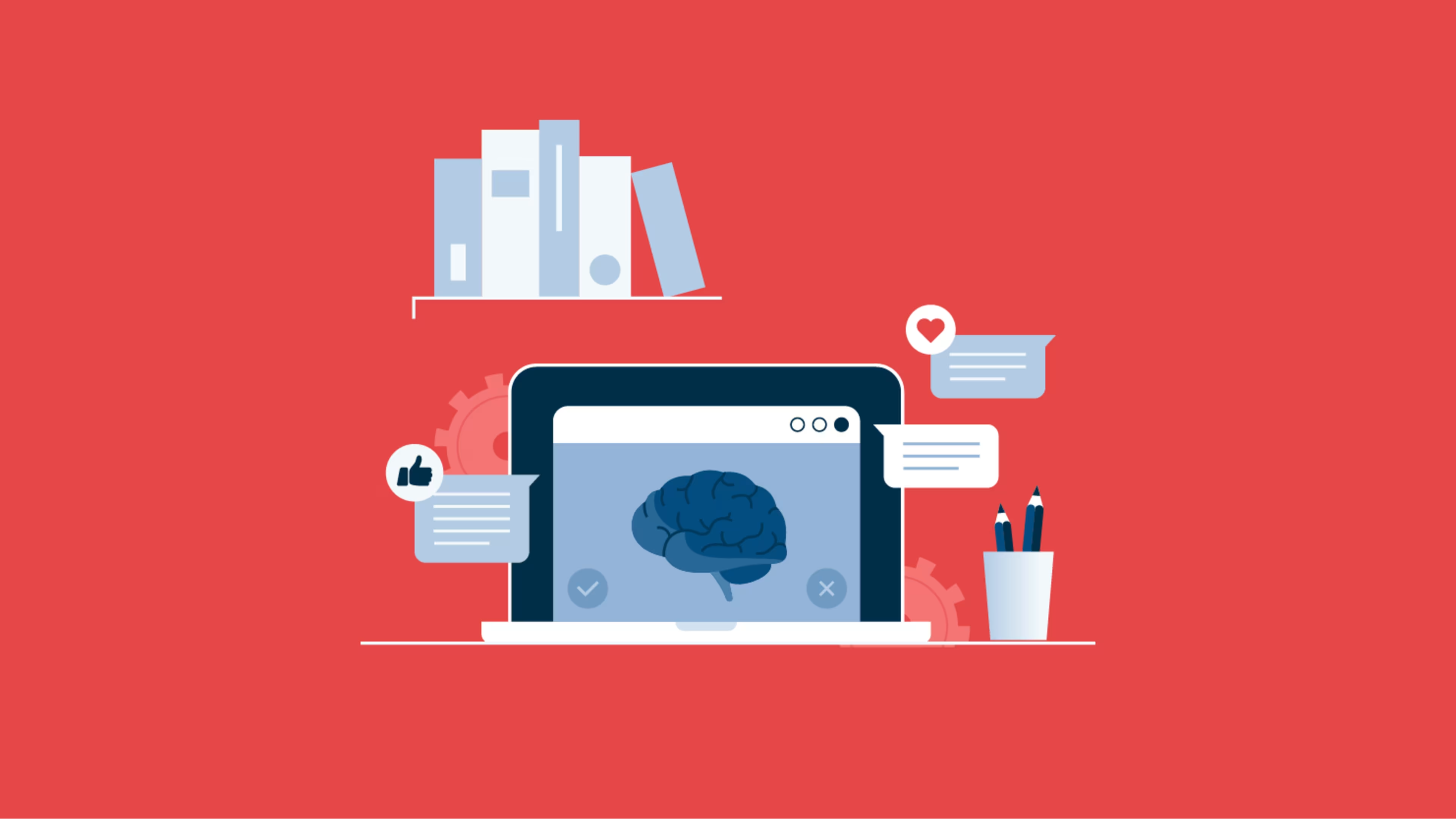A holistic approach to education has so many benefits for students. But how do you support that type of learning in your classroom?
Most young children aren’t made for sitting still and reciting facts. More importantly, each child has a unique mix of interests, skills, and talents, and their needs aren’t quite the same when it comes to growing and developing in areas they haven’t yet mastered.
At its core, the holistic approach to education considers all aspects of a student’s well-being, including the physical, psychological, social, and emotional components of childrens’ inner worlds. Holistic learning methods don’t focus on heavy structure and inflexible, one-size-fits-all strategies.
Instead, holistic education takes the whole child into consideration when lesson plans are created. Learners are given leeway to explore new skills and master existing ones in a manner that blends their natural curiosity with engaging activities. This can be achieved through the following best practices:
Experiential learning
Self-guided study
Focus on community
Integrated lessons
At first, transforming traditional lessons into opportunities for holistic learning may feel like a challenge for educators. After all, as a teacher, your to-do lists are already quite long. However, once implemented, you’ll find that these techniques don’t cost you as much time. Let’s take a look at some ways to develop these processes to help transform your curriculum and classroom.
Four ways to develop a holistic learning and development process
Even the most talented teachers face obstacles when it comes to building a holistic learning environment for students. Differentiated education requires a deep understanding of multiple teaching methods, as well as how to apply them one-on-one in a classroom full of learners.
Introducing additional components that support physical, psychological, social, and emotional growth and development can be an overwhelming task. These four best practices make the process easier.
1. Emphasize experiential learning
Hands-on experience is an effective way to encourage exploration in learners of all ages. Instead of talking through a skill or concept, create opportunities for students to engage all five senses. For example, trips to zoos, farms, museums, and historic sites can be more effective than classroom discussions.
However, in-person visits to local destinations are just one approach to experiential objectives. There are many options that can be completed on-site when off-site outings aren’t practical or possible. Examples include growing gardens, experiential learning software applications, building models, peer-to-peer teaching, and bringing in speakers—for example, subject matter experts who can provide deeper insight into areas of study
It is interesting to note that an educator who creates opportunities for experiential learning tends to have more success in meeting the needs of individual students. Participation in the experiential learning process offers more complete insight into students' skills, abilities, and personal characteristics. Often, those characteristics are invisible under traditional teaching methods.
2. Self-guided study ensures differentiation
When students are allowed to move at their own pace and incorporate their own style into the learning process, they are far more likely to be engaged in the task at hand. Instead of formal instruction, a teacher can facilitate learning activities, moving from student to student or group to group to answer questions and provide support.
The introduction of digital learning platforms offers new ways to promote self-guided study that is both engaging and meaningful. High-quality software caters to students’ personal interests while delivering lessons that are just difficult enough to encourage growth without being so difficult that they lead to frustration.
3. Create community in the classroom
A sense of community and personal connection is critical to all areas of a child’s development, including academic success, physical health, social skills, psychological well-being, and emotional health. This begins with the relationship between teachers and students and the relationships students build with each other, but that’s not where it ends.
Holistic learning requires connections with an entire community, from teachers and administrators to parents and volunteers from outside the school. Encourage family members to participate in the learning process, and bring in key community figures such as lawmakers, first responders, and professionals to forge bonds with the children.
As a bonus, these community members offer experiential learning opportunities to further enhance the achievement of holistic education goals.
4. Integrate lessons for enhanced learning outcomes
No skill or concept exists in a vacuum, and holistic learning methods recognize that fact. Instead of a unit on reading, a unit on science, and a unit on social studies, combine learning outcomes into one master lesson. Practice reading and writing through the study of historical figures. Integrate art and music into the examination of world cultures. Chemistry and mathematics can be taught through baking, and there are endless ways to connect biology with art, reading, and writing.
Holistic education creates lifelong learners
The benefits of holistic learning have been proven again and again. Research shows that when students receive individualized education that considers their physical, psychological, and emotional needs, they have more curiosity, better social skills, and superior communication skills. They become self-motivated, and they build an identity that promotes life-long learning.
How Capterra can help
Capterra has the information you need to select the best software for holistic education. The experts at Capterra have created a comprehensive database of the education and administration platforms currently available, along with details such as features, benefits, and user reviews. Learn more with these additional resources:
